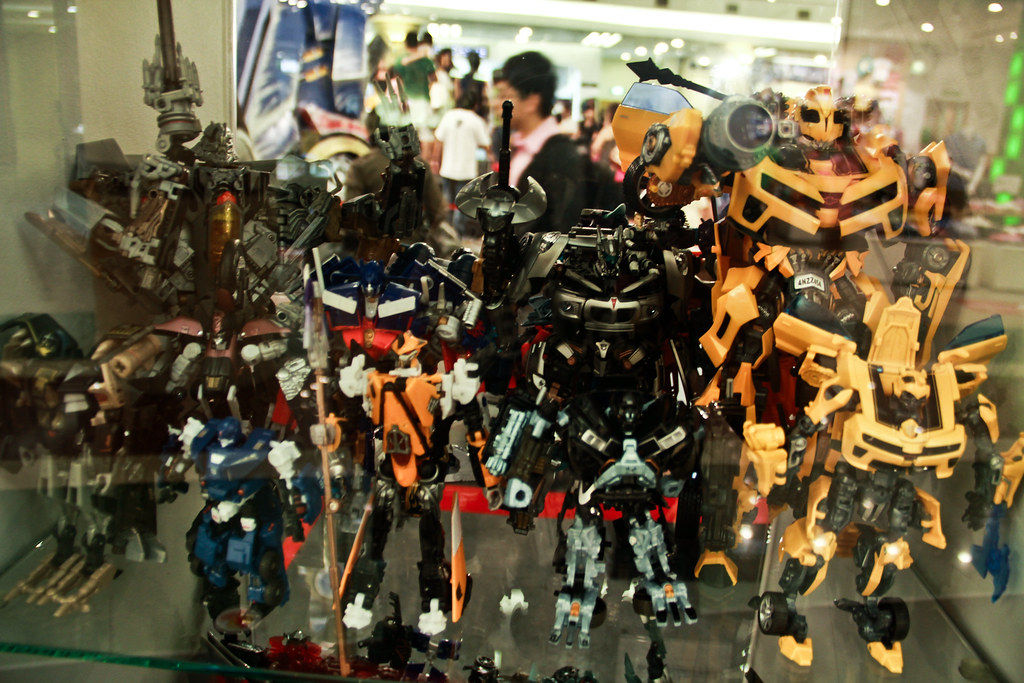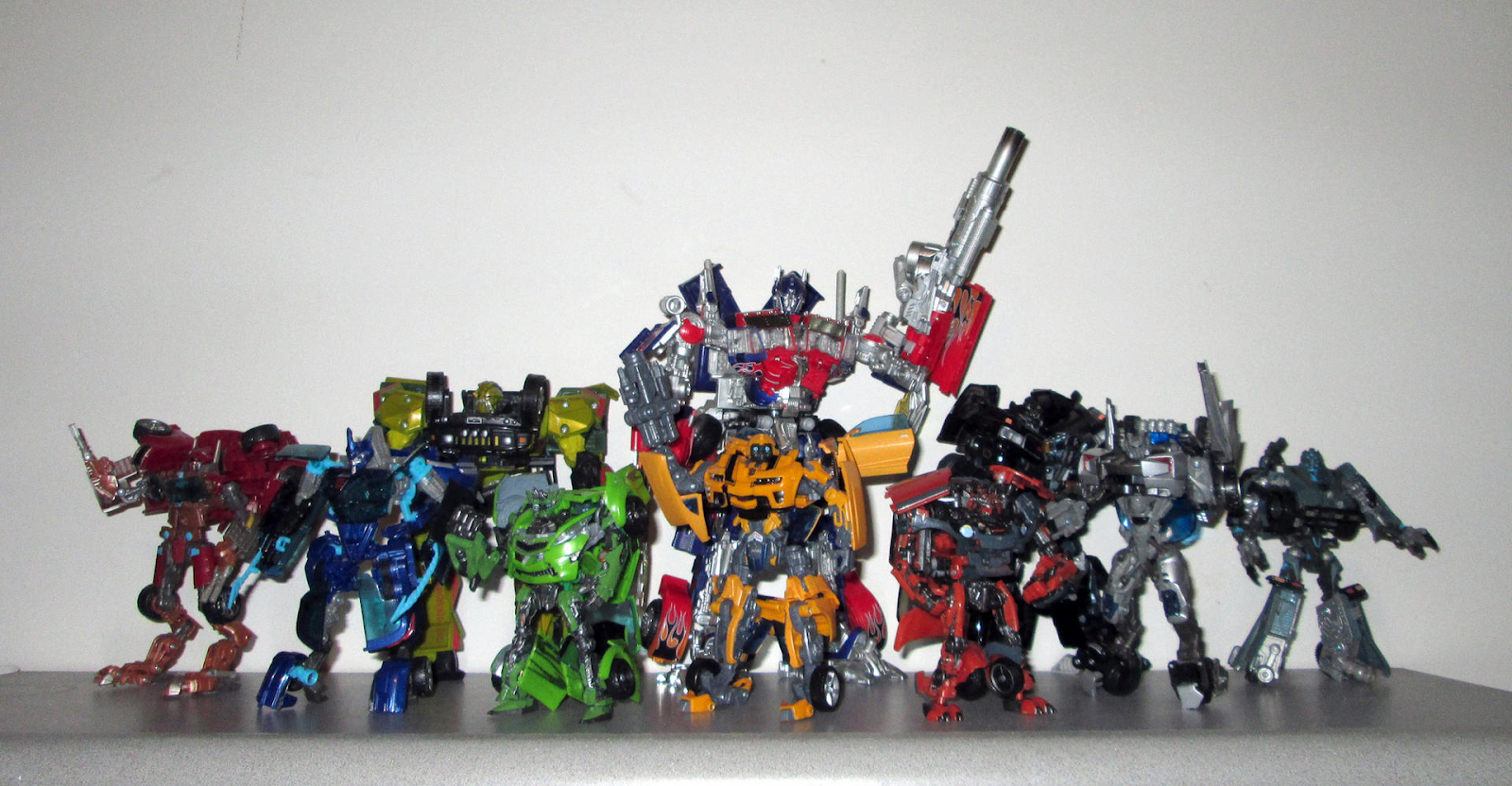The Curious Case of Transformers Toys: A Four-Decade Evolution
For over 40 years, Transformers toys have fascinated generations of children, collectors, and pop culture enthusiasts. What began as a simple idea—vehicles and everyday objects that could transform into robots—soon became a billion-dollar franchise spanning television, movies, comics, and, most importantly, action figures. While the Transformers brand has seen its fair share of reinventions, reboots, and adaptations, the heart of the franchise remains its ever-evolving toy line. Today, Transformers figures are more than just playthings; they are valuable collectibles with immense nostalgia and monetary worth. But how did these shape-shifting robots evolve from a Japanese concept into one of the most sought-after toy lines in the world? Let’s take a deep dive into the fascinating history of Transformers toys and their transformation into collector’s gold.
Origins: From Japan to the World
Before Transformers became a household name, their roots were firmly planted in Japan. In the early 1980s, two Japanese toy lines—Diaclone and Microman—were making waves in the toy industry. Manufactured by Takara, these figures featured robots that could turn into cars, jets, and other objects. While they had a niche following in Japan, they lacked a strong narrative to tie them together. Enter Hasbro, the American toy company that saw potential in these transforming figures. Partnering with Takara, Hasbro rebranded and repackaged these toys under the Transformers name, introduced an expansive storyline, and released them in 1984 alongside the animated series The Transformers. The rest, as they say, is history.The G1 Toyline: Where It All Began
The Generation 1 (G1) toyline remains one of the most iconic and beloved collections in toy history. Launched in 1984, it featured a wide range of transforming figures, with Optimus Prime, Megatron, Starscream, and Bumblebee leading the charge. These figures were primarily based on Takara’s Diaclone and Microman molds but with added modifications to suit the new American audience. What set G1 figures apart was their intricate designs, diecast metal parts, and sticker-heavy detailing that required careful application. Unlike modern figures with extensive articulation, G1 toys had limited movement but compensated with their sturdy builds and nostalgic charm. Today, original G1 figures, especially in mint condition, are highly coveted by collectors, with some commanding thousands of dollars in auctions.Expanding the Universe: Toys from Other TV Shows
As Transformers continued its dominance in the 80s and early 90s, Hasbro and Takara constantly evolved their toy designs to align with new animated series. One of the most radical shifts came in the mid-90s with Beast Wars: Transformers. Departing from vehicles and mechanical objects, Beast Wars introduced organic transformations, with characters morphing into animals rather than cars and jets. The accompanying toy line featured innovative sculpting and enhanced articulation, setting a new standard for Transformers figures.
The early 2000s saw another shift with the Unicron Trilogy (Armada, Energon, and Cybertron), bringing back vehicle-based transformations but with bulkier and more stylized designs. These figures included additional gimmicks such as Mini-Cons, combining robots, and electronic features that appealed to a younger demographic. While some collectors view this era as a departure from the complexity of G1, the toys from these series still hold sentimental value and are sought after in the collector’s market.
The Movie Era: A New Wave of Collectibles
In 2007, Transformers received a major resurgence thanks to Michael Bay’s live-action Transformers film. With this new interpretation came an entirely new aesthetic—sleek, hyper-detailed designs that were a far cry from the blocky figures of G1. Hasbro capitalized on this success by launching multiple toylines based on the films, introducing figures that featured intricate transformations, realistic vehicle modes, and impressive articulation. While some fans loved the complexity of these toys, others found them overly complicated and fragile. Nonetheless, the movie toy lines introduced a new generation to the world of Transformers, significantly boosting the brand’s popularity and value in the secondary market.
Studio Series: The Pinnacle of Collecting
Among all the modern Transformers toylines, the Studio Series has become the gold standard for collectors. First introduced in 2018, this line focuses on screen-accurate designs based on live-action movies, featuring premium detailing, enhanced articulation, and transformation sequences that closely resemble their on-screen counterparts. Unlike the earlier movie toy lines, which often sacrificed accuracy for playability, Studio Series figures prioritize faithfulness to the films, making them highly desirable among both casual fans and hardcore collectors.
Studio Series figures come in various size classes, ranging from Deluxe to Leader Class, with intricate engineering that allows for smoother and more satisfying transformations. Additionally, Hasbro has expanded the Studio Series line to include figures from animated films like Transformers: The Movie (1986), ensuring that even fans of G1 can find something to appreciate. With each new wave, these figures continue to push the boundaries of toy design and remain some of the most collectible Transformers toys to date.
Conclusion: The Evolution of an Icon
Over the past four decades, Transformers toys have gone from simple playthings to complex, highly collectible figures that appeal to fans of all ages. Whether it's the nostalgia of G1, the groundbreaking innovation of Beast Wars, the bold reinventions of the Unicron Trilogy, or the hyper-realistic Studio Series figures, every era of Transformers has left a mark on toy history. As long as there are fans who appreciate the artistry and engineering behind these figures, the Transformers toy line will continue to thrive, proving that these robots truly are "More Than Meets the Eye."
Read More
The Top 10 Best Pink Rangers Ranked
The Ultimate Guide to the Best Red Rangers Ever
The Complete History of Power Rangers Part-I







Comments
Post a Comment